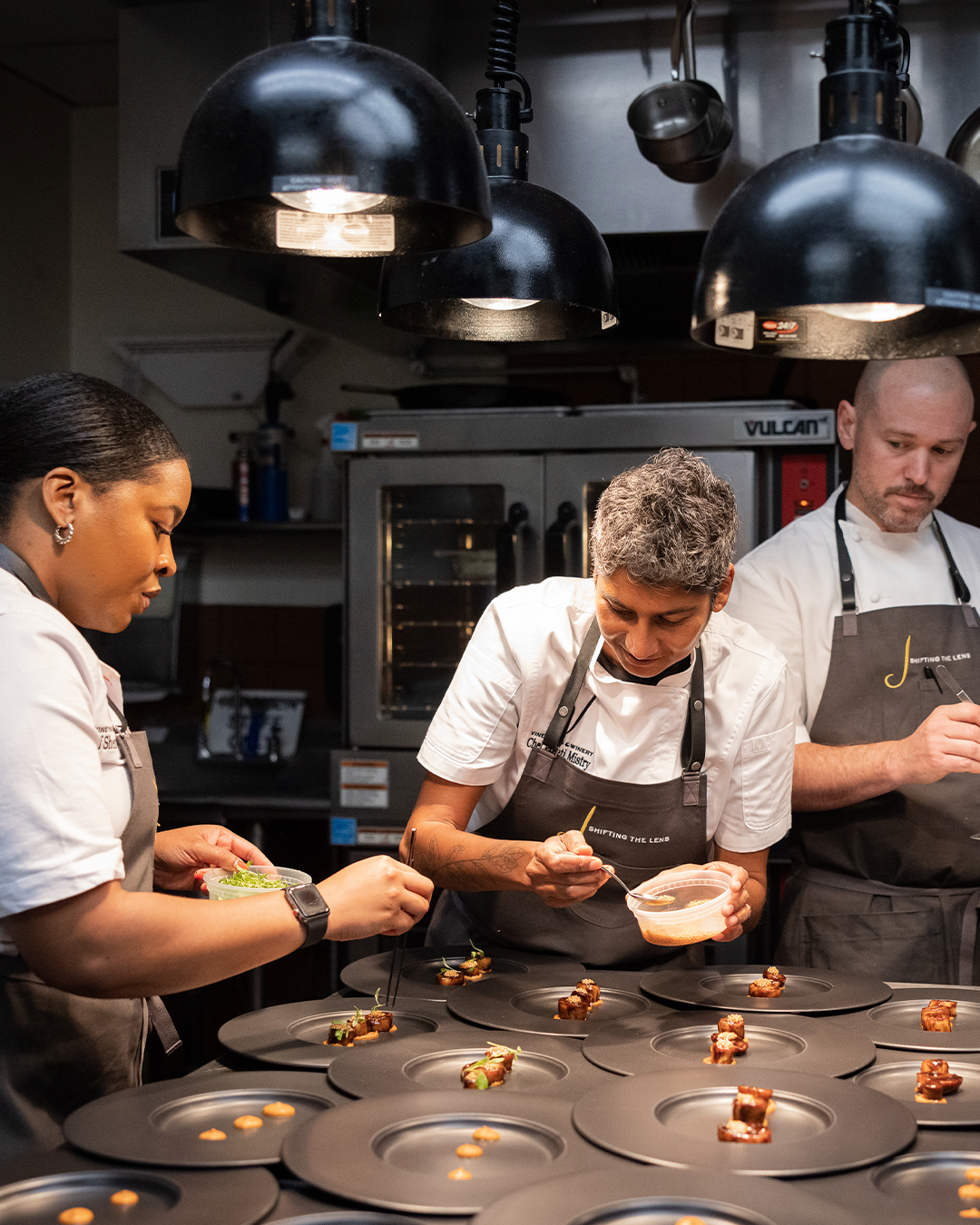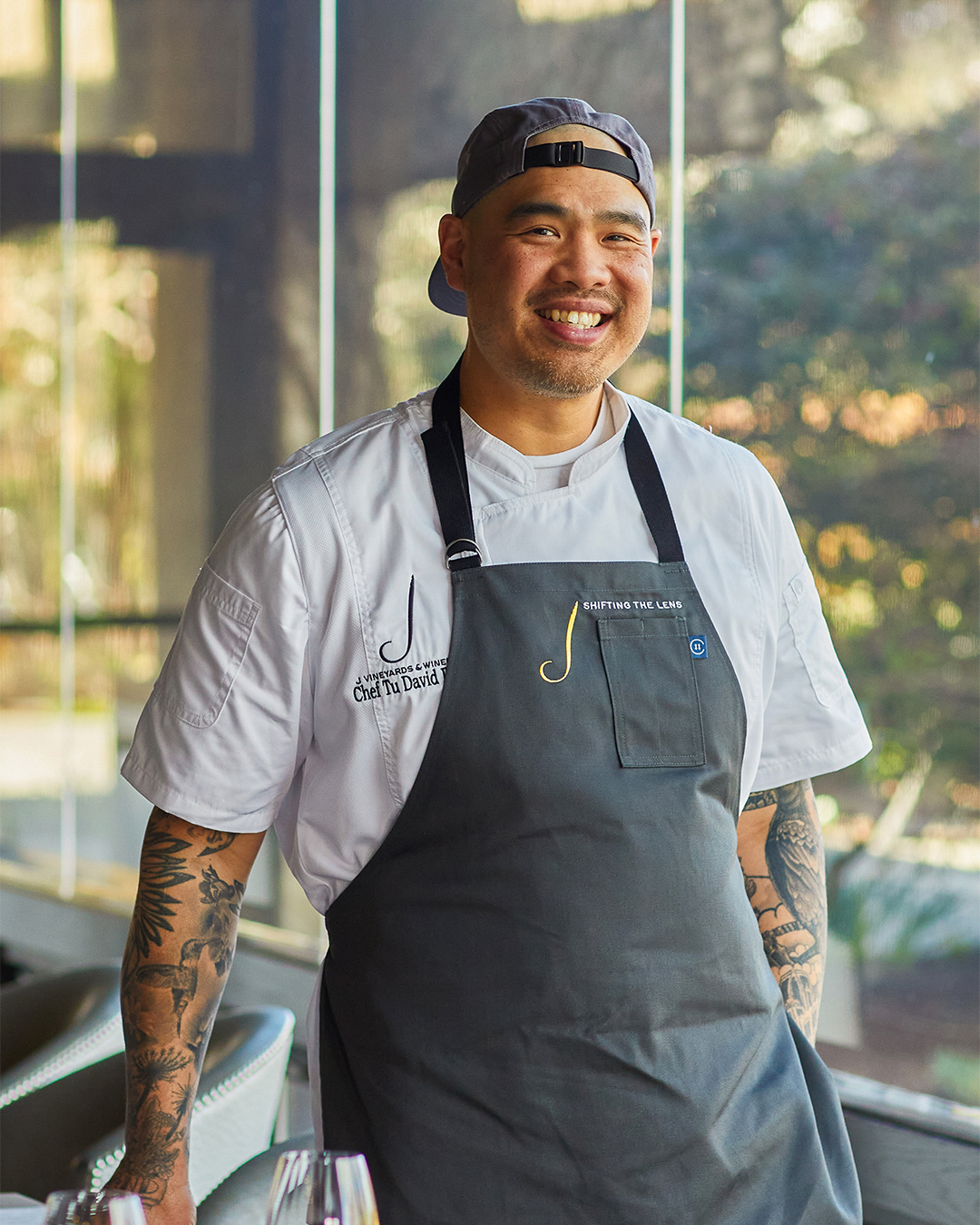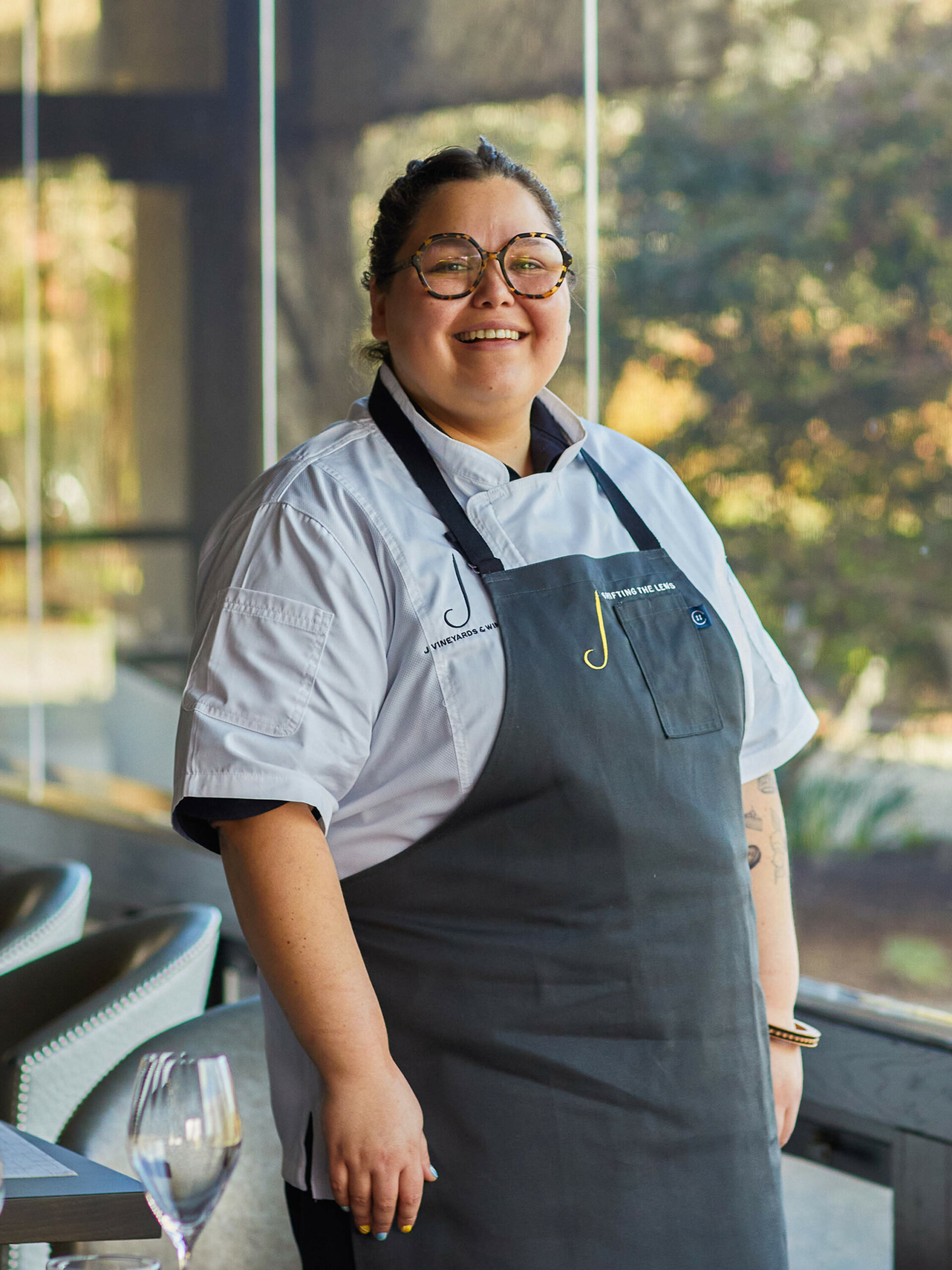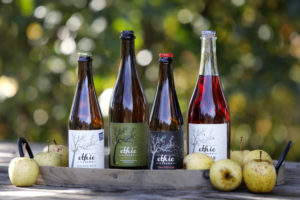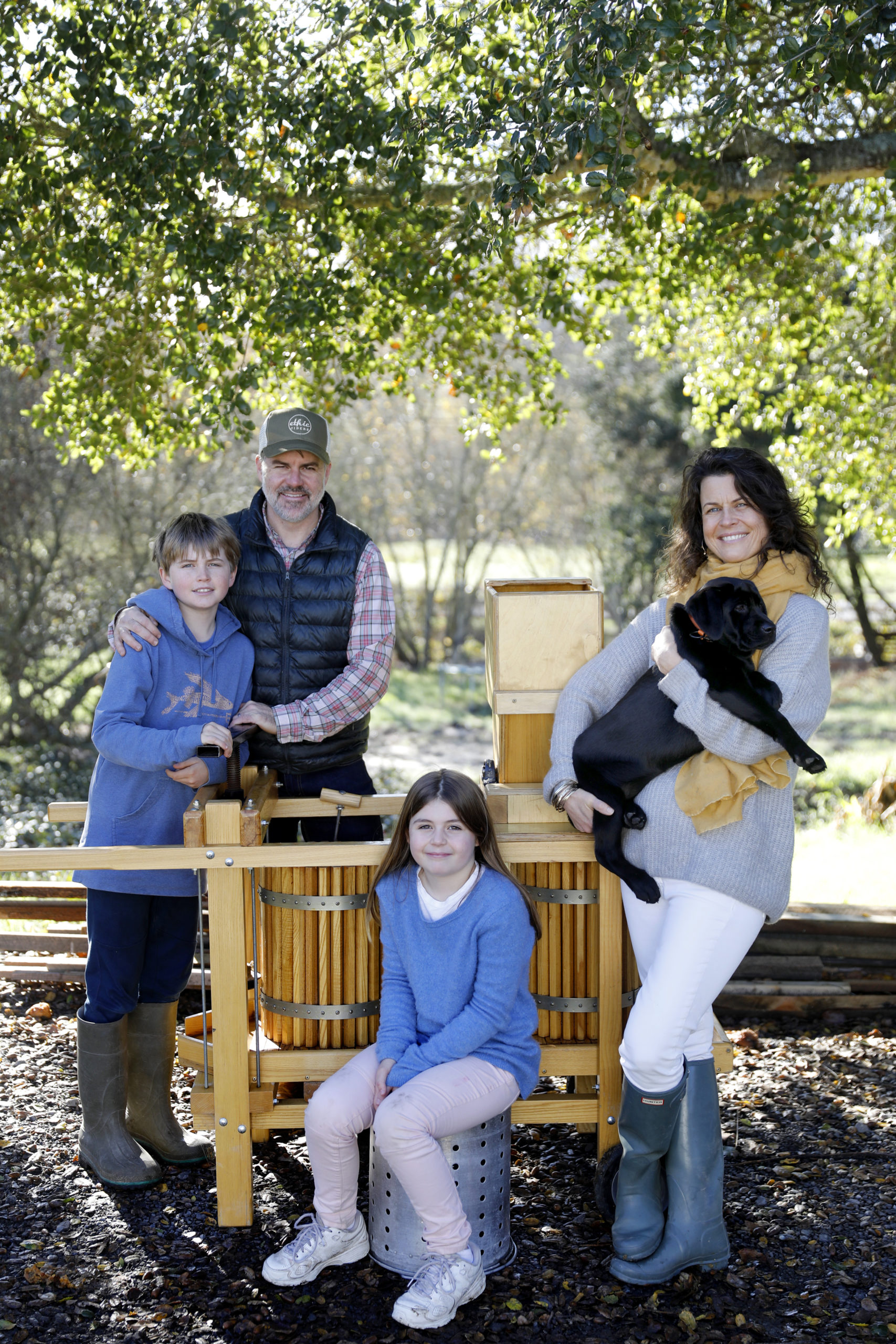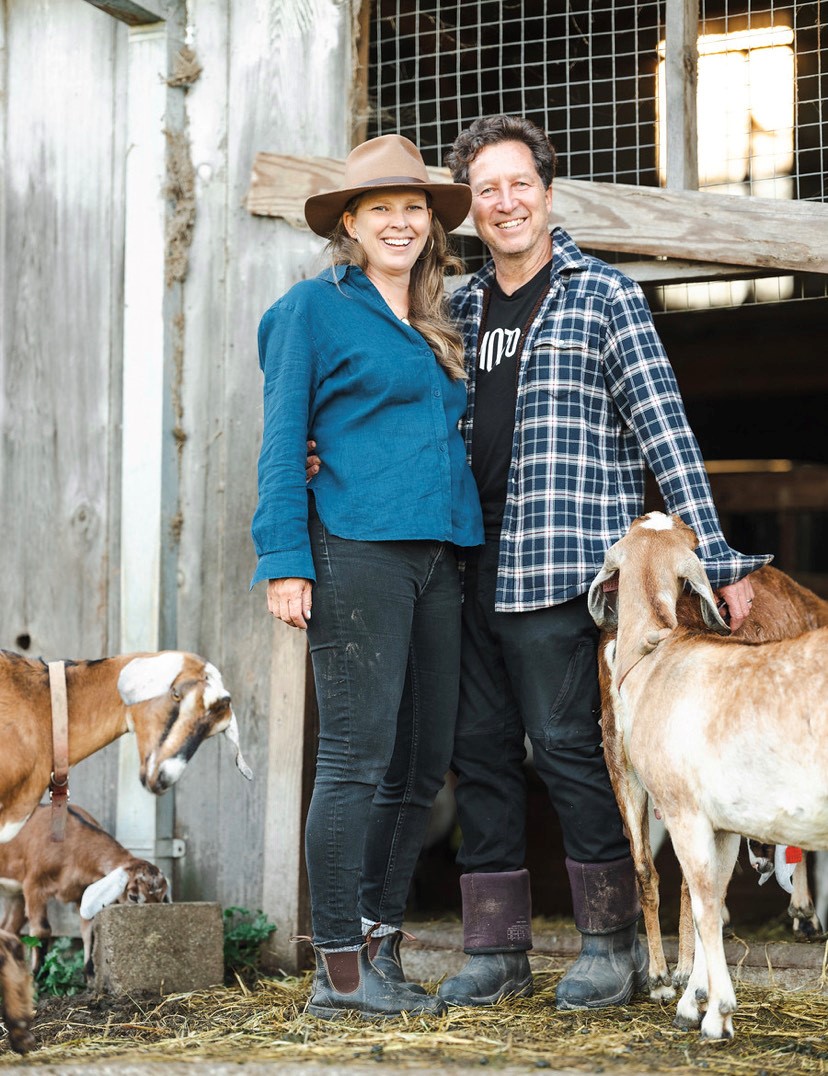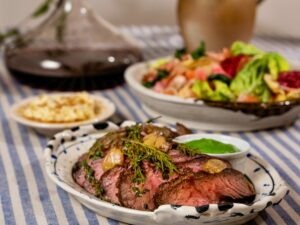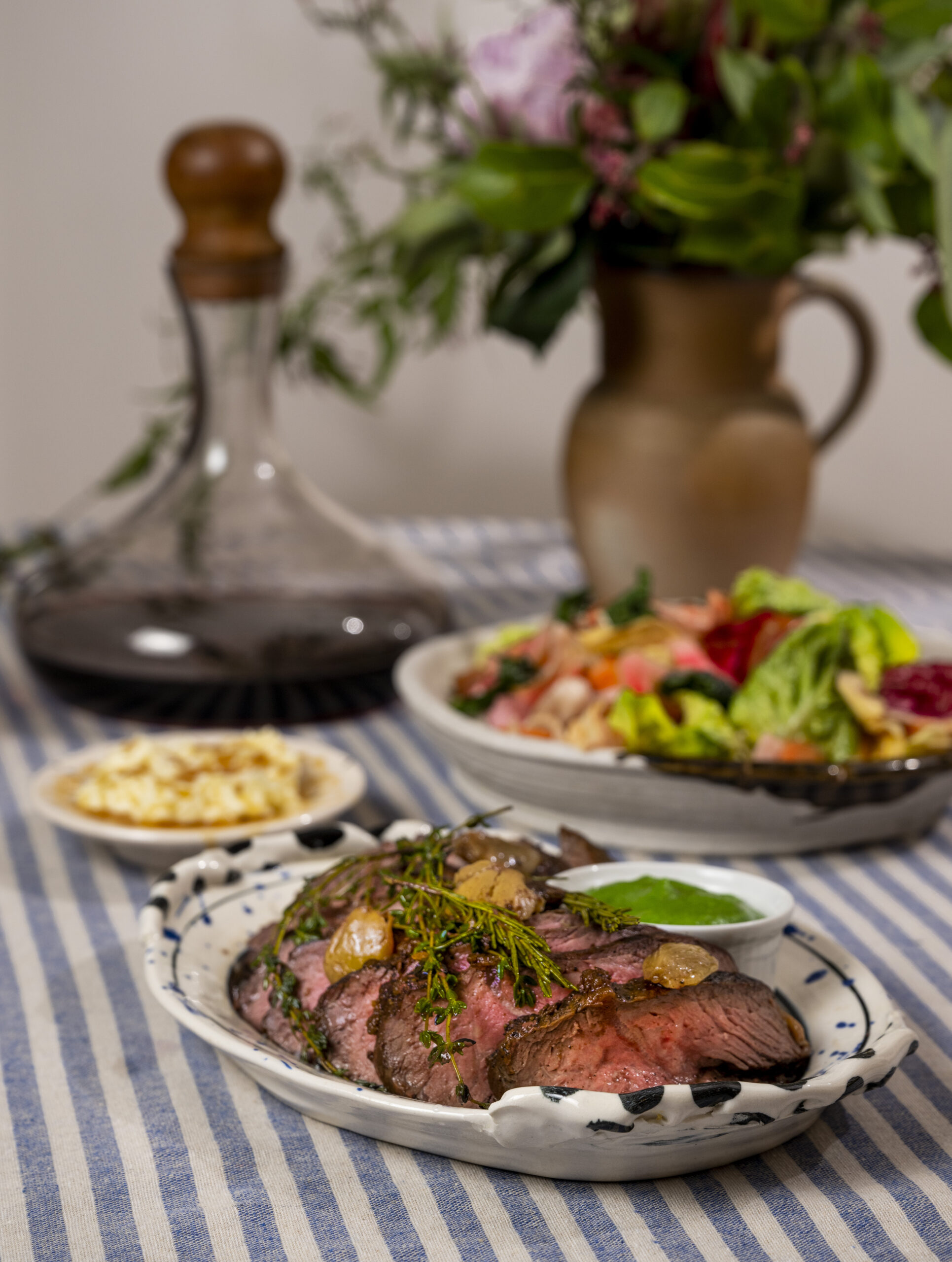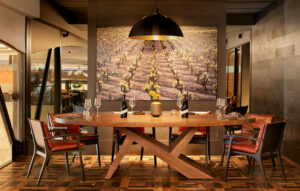This Earth Day, we have much to be thankful for. The serendipitously wet winter California experienced this year has officially moved Sonoma County out of a years-long drought — and locals can reap the rewards this spring.
Vibrant flower blooms, bountiful farmers markets and hikes through lush green forests. The earth gives back in glorious ways, so it’s only fitting we pay it forward by caring for our local lands however we can.
Local cities, nonprofits and businesses have a variety of ways to honor Earth Day this year while making a positive impact. From eco-friendly festivals to volunteer work at cherished community parks, here’s how to celebrate Earth Day in Sonoma County.
Events
Students for Sustainability Club Earth Day Event, April 20
The Students for Sustainability Club at Sonoma State University will host an Earth Day celebration from noon to 2 p.m. on Thursday, April 20, in the Seawolf Plaza and Person Lawn at SSU. There will be interactive and educational activities, including arts and crafts, a nature scavenger hunt, and a chance to meet some goats and chickens. Contact sfscclub81@gmail.com for more information.
1801 E. Cotati Ave., Rohnert Park, sustainablessu.sonoma.edu
Climate Action Night at SRJC, April 20
Santa Rosa Junior College will host its fifth annual Climate Action Night from 4:30-6:30 p.m. on April 20 in the Bertolini Student Center. The goal of the event is to educate the public on how to take action on local ecological sustainability and climate justice. College and high school students will share information in a science-fair format and assist attendees on reaching out to elected officials to appeal for positive environmental legislation. Some topics at the event include bicycle infrastructure, textile recycling, fossil fuel divestment and a carbon capture demonstration. RSVP for Climate Action Night here.
1501 Mendocino Ave., Santa Rosa, climateactionnight.com
Earth Day Vintage Clothing Pop-up, April 21-22
Healdsburg’s One Hundred Chapters Vintage Clothing will curate a vintage clothing pop-up at sustainability-minded h2hotel from 1-5 p.m. on Friday, April 21, and from 10 a.m. to 2 p.m. on Saturday, April 22, in the hotel’s lobby. The popup in honor of Earth Day will be open to the public and will feature unique garments from various eras to add to your wardrobe.
219 Healdsburg Ave., Healdsburg, 707-431-2202, h2hotel.com
Earth Day Trash Cleanup in Windsor, April 22
The Town of Windsor’s Storm Water Quality Program team will host a community trash cleanup event from 9-11:30 a.m. on April 22. Volunteers will celebrate Earth Day by picking up trash in Windsor to help protect local creeks and the Russian River. Meet at the corner of Victory Lane and MacFarland Way in Windsor at 9 a.m. to pick up safety vests, trash pickers, gloves and bags. Participants will receive a free gift and snacks. Sign up for the free volunteer event on Eventbrite.
Victory Lane and MacFarland Way, Windsor, 707-838-5385
Earth Day Creek Cleanup at Larson Park, April 22
Sonoma County Regional Parks and Rotary Sonoma Springs will host a volunteer creek cleanup day at Larson Park to celebrate Earth Day by protecting the local environment. Tools and snacks will be provided, but guests are asked to bring their own water, dress in layers and bring sun protection. The cleanup will be from 9 a.m. to noon on April 22. To volunteer for creek cleanup at Larson Park, register here.
329 DeChene Ave., Sonoma, parks.sonomacounty.ca.gov
Earth Day Volunteering at Sonoma Garden Park, April 22
The Sonoma Ecology Center will sponsor a volunteer day from 9 a.m. to 12:30 p.m. on April 22 at Sonoma Garden Park. The event will give the community an opportunity to get their hands dirty helping in the garden in honor of Earth Day. No experience is necessary and participants should wear closed-toe shoes and pants. RSVP for the event at sonomaecologycenter.org.
Sonoma Garden Park, 19996 7th St. E., Sonoma, sonomaecologycenter.org
Earth Day at Luther Burbank Experiment Farm, April 22
Sebastopol’s Luther Burbank Experiment Farm will celebrate Earth Day with family-friendly, nature-focused activities from 9 a.m. to 3 p.m. on April 22. The event will include scavenger hunts, nursery and plant sales, a tree planting demonstration, a carnival photo stand, and free docent-led walks through the garden and farmstead. Contact the Western Sonoma County Historical Society at wschscommunications@gmail.com for more information.
7777 Bodega Ave., Sebastopol, wschs.org
Earth Day at Bouverie Preserve, April 22
Prospective volunteers are welcome to Bouverie Preserve in Glen Ellen from 9:30 a.m. to noon on April 22 to help steward the land for Earth Day. Tasks will include trail maintenance, invasive species removal and the building of burn piles to support fuel reduction efforts. Tools and supplies will be provided, and participants should bring water bottles and wear work clothes. Register for your preferred volunteer task on Eventbrite.
13815 Highway 12, Glen Ellen, 707-938-4554, egret.org/bouverie-preserve
Earth Day at Safari West, April 22
Sonoma’s Serengeti will host an Earth Day celebration from 10 a.m. to 3 p.m., April 22, on the Safari West grounds. Enjoy a safari adventure and meet dozens of special guests from the Bay Area and beyond on the lawn to learn about California’s flora and fauna. The long list of speakers and presenters include the Russian Riverkeeper, Madrone Audubon Society, Sonoma County Wildlife Rescue, East Bay Vivarium (who will bring live snakes) and The Bird Rescue Center of Sonoma County (who will bring live birds).
3115 Porter Creek Road, Santa Rosa, 707-579-2551, safariwest.com
Santa Rosa’s Earth Day Festival, April 22
The City of Santa Rosa will host its annual Earth Day Festival from noon to 4 p.m. on April 22 at Old Courthouse Square in downtown Santa Rosa. The free festival will include workshops, over 50 exhibitors, kids’ crafts and activities, a beer and wine garden, a live performing arts showcase and volunteer opportunities. Sports Basement will provide free bike parking and local buses will be free all Earth Day.
Courthouse Square in Santa Rosa, srcity.org/2139/Earth-Day-2023
Healdsburg’s Earth Day Climate Fest, April 22
The City of Healdsburg and Climate Action Healdsburg will co-host a festival of free, environmentally-focused activities from 1-4 p.m. on April 22 on the Healdsburg Plaza. The Earth Day event will include free snacks, live music, kids crafts, interactive informational booths, a kids bicycle rodeo, an electric vehicle show and an Earth Protectors Parade at 2 p.m.
Healdsburg Plaza, Healdsburg Ave. & Matheson St., climateactionhealdsburg.org/earth-day-climate-fest
Earth Day Art Walk, April 22
Join the Laguna Environmental Center on Earth Day for an art exhibit, garden walk and outdoor picnic from 1-3 p.m. on April 22. Guests can view the center’s current exhibit, “A Laguna Field Guide” by artist Christopher Reiger, at the Heron Hall Gallery and walk around the native plant demonstration garden. Attendees are welcome to bring a lunch and eat at the grounds’ picnic tables, which are nearby a children’s play area and overlook the Laguna watershed. Proceeds from the gallery and gift shop benefit the Laguna Foundation. Learn more and get a free ticket for the event on Eventbrite.
900 Sanford Road, Santa Rosa, 707-527-9277, lagunafoundation.org
Earth Day Beer Collab Release Party, April 22
In honor of Earth Day, HenHouse Brewing Company will host a release party for its new beer collaboration with the Laguna de Santa Rosa Foundation, a dry-hopped Kölsch-style beer called Sonoma Sunshine. As part of the release, HenHouse will make a monetary donation to the Laguna Foundation, which will be tabling at the event. The release party will take place from 1-4 p.m. on April 22 at HenHouse’s Santa Rosa location.
322 Bellevue Ave., Santa Rosa, henhousebrewing.com
Earth Day Gardening at Fairmont, April 22
Brenda McNeill of Art of Leisure will join Fairmont Sonoma Mission Inn & Spa to celebrate Earth Day with a community spring garden workshop from 3:30-5 p.m. on April 22. Attendees will learn about local pollinators while assembling personal gardens using curated seed packets and recycled wine boxes. The event will include hot tea, live music and street food from Fairmont’s food truck CaliForno. Participants will be able to take their unique garden boxes home. General admission is $35. Purchase a ticket on Eventbrite.
100 Boyes Blvd., Sonoma, 707-938-9000, fairmont-sonoma.com
Earth Day in the City of Sonoma
Sonoma’s 53rd annual Earth Day celebration will include a Park Exploration Photography Contest and a Green Business of the Year Award to recognize a sustainable local business. No other city-sponsored events have been listed yet for this year’s Earth Day, but the City of Sonoma website has virtual learning activities for folks to test their ecology knowledge. For updates on Sonoma’s Earth Day events, check here or call 707-339-2534.
Volunteer
There are a wealth of parks, preserves and environmental organizations to volunteer at in Sonoma County, with work duties ranging from trail restoration to litter and invasive plant species removal. Here’s where you can volunteer your time this upcoming Earth Day, and any other day of the year, across the county.
Daily Acts: Petaluma-based nonprofit with a holistic approach toward environmental health with a mission to inspire transformative action to create climate resilient communities. 707-789-9664, dailyacts.org/volunteer
Forest Unlimited: Forestville organization aiming to protect, enhance and restore the forests and watersheds of Sonoma County. 707-632-6070, forestunlimited.org/take-action/volunteer-for-forest-unlimited
Laguna de Santa Rosa Foundation: Santa Rosa nonprofit focused on restoring and conserving the Laguna de Santa Rosa and surrounding wetlands. 707-527-9277, lagunafoundation.org/volunteer.html
LandPaths: Santa Rosa-based organization dedicated to fostering a love of the land in Sonoma County through stewardship and outdoor experiences. 707-544-7284, landpaths.org/participate
Pepperwood Preserve: Santa Rosa biological preserve with a mission to inspire conservation and care of the earth through science. 707-591-9310, pepperwoodpreserve.org/volunteer
Russian Riverkeeper: Healdsburg-based nonprofit dedicated to protecting the Russian River. 707-433-1958, russianriverkeeper.org/volunteer
Sonoma County Agricultural Preservation and Open Space District: Ag + Open Space works to protect the county’s open spaces, agricultural lands and natural resources. 707-565-7360, sonomaopenspace.org/get-involved/volunteer-patrol
Sonoma County Conservation Action: Grassroots political organizing group working to ensure there’s environmental representation in Sonoma County government. 707-571-8566, conservationaction.org/get-involved
Sonoma County Regional Parks: More than 50 parks and beaches across the county offering camping, hiking and biking trails, bird watching, horseback riding, swimming and fishing to the public. 707-565-3356, parks.sonomacounty.ca.gov/learn/support/volunteer
Sonoma Land Trust: Santa Rosa-based nonprofit organization working to conserve scenic, natural, agricultural and open landscapes for the future generations of Sonoma County. 707-526-6930, sonomalandtrust.org/outings.
Stewards of the Coast and Redwoods: Nonprofit environmental organization working with California State Parks in the Russian River District to cultivate land stewardship, establish environmental education programs and restore local natural habitats. 707-869-9177, stewardscr.org/volunteer-opportunities
Find more local organizations and nonprofits to volunteer with or donate to on the Sonoma County Conservation Council’s directory of environmental groups.
Places to buy plants, produce and garden supplies
Celebrate Earth Day in your own backyard by planting native plants to feel one with nature and aid pollinators. There’s an abundance of farms and nurseries in Sonoma County where you can get plants and seeds, gardening supplies, boxes of sustainably sourced produce and more.
MIX Garden
1531 Healdsburg Ave., Healdsburg, 707-433-4327, mixgarden.com
Prickett’s Nursery
Locations in Healdsburg and Santa Rosa, prickettsnursery.com
King’s Nursery
1212 13th St., Santa Rosa, 707-542-4782, kingsflowernursery.com
Bennett Valley Gardens
2780 Yulupa Ave., Santa Rosa, 707-569-8624, bennettvalleygardens.com
Swede’s Feeds
9140 Sonoma Highway, Kenwood, 707-833-5050, swedesfeeds.com
Flatbed Farm
13450 Sonoma Highway 12, Glen Ellen, flatbedfarm.com
Sonoma Mission Gardens
851 Craig Ave., Sonoma, 707-938-5775, sonomamissiongardens.com
Wine Country Garden Center
21095 Broadway, Sonoma, 707-938-2727, winecountrygardencenter.com
Sonoma Valley Wholesale Nursery
19655 Arnold Dr., Sonoma, 707-732-8019, sonomavalleynursery.com
Petaluma Bounty
1500 Petaluma Blvd. South, Petaluma, 707-775-3663, petalumabounty.org
Petaluma Seed Bank
110 Petaluma Blvd. North, Petaluma, 707-773-1336, rareseeds.com/petaluma-seed-bank
Cottage Gardens of Petaluma
3995 Emerald Drive, Petaluma, 707-781-9365, cottagegardensofpet.com
Harmony Farm Supply & Nursery
Locations in Petaluma and Sebastopol, 707-823-9125, harmonyfarm.com
Hidden Forest Nursery
3970 Azalea Lane, Sebastopol, 707-823-6832, hiddenforestnursery.com
Check out more specialty nurseries in Sonoma County.
